应土木工程与力学学院、西部灾害与环境力学教育部重点实验室、全国科学家精神教育基地(兰州大学力学学科)邀请,德国科隆大学邵亚平教授将做客我院“开沅讲坛”并作第21讲报告,欢迎广大师生参加。
- 报告题目:Human System and Earth System Coupled Research and Preliminary Results
- 报 告 人:邵亚平 教授
- 报告时间:2023年12月6日(星期三)10:00-12:00
- 报告地点:祁连堂322学术报告厅
- 主 持 人:王萍 教授
报告人简介
邵亚平,德国科隆大学气象学教授,欧亚科学院院士(2009),国际著名风沙物理学家,国际风沙学会及风沙研究杂志开创人之一,风沙研究终生成就奖评委。邵亚平院士在风沙理论、模拟和预报方面有一系列开创性的工作,在大气科学,气候变化与水资源研究方面也有重要贡献。邵亚平教授在大气科学、计算流体力学、非线性科学和水文学方面有广泛的兴趣,目前在国际期刊上已发表论文230余篇,被引13000余次。
报告摘要
Human and Earth System Coupled Research (HESCOR) is a new project that centers on the question how the Human System and Earth System interact and influence human culture evolution. Through cross-disciplinary collaborations, we wish to address three big science questions: human origin, culture evolution and complex systems. Culture evolution has been a main subject in both the humanities and natural sciences, but huge divide separates these disciplines. Understanding the principles underpinning cultural evolution is challenging because the Human-and-Earth coupled system is extremely complex. Breaking new ground in this field calls for new and overarching innovative research. I will outline the HESCOR project. I will present the first results of the HESCOR initiative: the prediction of human dispersal in the Paleolithic. The Aurignacian culture is the first techno-complex related with certainty to Anatomically Modern Humans (AMHs) in Europe. Studies have shown that AMHs appeared around 43-42 kyr cal BP (before present) and then dispersed rapidly in Europe during the Upper Paleolithic. However, human dispersal is a convoluted process that is not well quantified. We provide for the first time a reconstruction of the Aurignacian human dispersal in Europe using the Our Way Model (OWM) which combines archaeological data with climate data using machine-learning techniques and uses the Human Existence Potential (HEP) as a unifying driver of the human population dynamics. Based on the OWM reconstructions, we identify the different stages of the human dispersal and analyze how human demographic processes are influenced by climate change and topography. A chronology of human groups with Aurignacian technology in Europe is provided, which is verified for locations where archaeological dating records are available. New insights into highly debated hypotheses are provided. Under external forcing, human system stability depends on the cultural carrying capacity. I will give an example based on our high-resolution OWM simulation.

